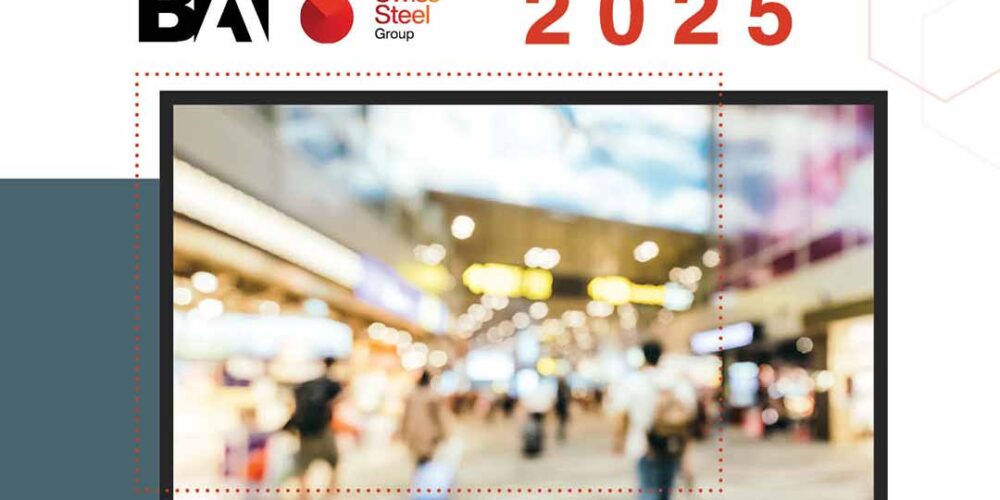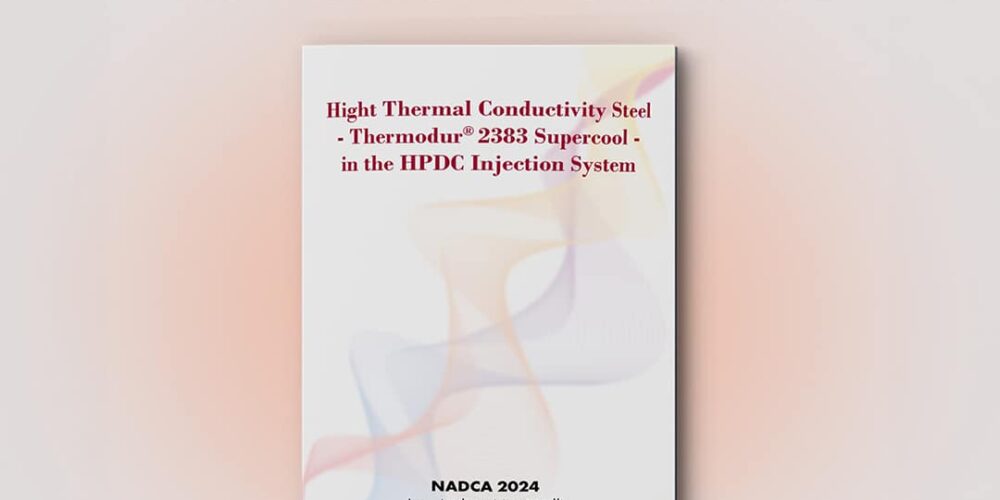Bonomi Acciai è lieta di annunciare la propria partecipazione a EUROGUSS…
Heat Treatments: Nitriding
Nitriding is a thermo-chemical surface hardening treatment applied to steels—and other alloys as well—aimed at combating abrasive, adhesive, and erosive wear, rolling/sliding contact, and mechanical or thermomechanical fatigue.
This process chemically alters the steel surface by diffusing atomic nitrogen into the iron matrix, leading to the formation of nitrides.
Steels and the Hardening Mechanism
Many steels can undergo nitriding, but the process is typically applied to quenched and tempered steels or nitriding steels containing nitride-forming alloying elements such as Al, Cr, Mo, V, and Nb.
These elements are responsible for the post-treatment hardness of the material.
The resulting case depths are typically in the range of tenths of a millimetre. For hot work steels, hardness levels between 1000 and 1100 HV can be achieved.
Types of Nitriding
Nitriding can be performed using different methods, each with specific characteristics:
- Salt Bath Nitriding
- Gas Nitriding (in dissociated ammonia)
- Plasma Nitriding (also called Ionic Nitriding)
Advantages and Critical Aspects
One of the main advantages of nitriding is the low process temperature (480–550 °C), which avoids changes to the microstructure.
This allows near-net shape components to be treated without distortion or significant dimensional changes.
However, the process must be precisely controlled to prevent the excessive formation of nitrides, which may accumulate along grain boundaries in a network structure and increase brittleness.
Conclusion
Nitriding is an effective heat treatment for increasing the surface strength of steels and other alloys, without introducing significant distortion.
Selecting the correct cycle and tightly controlling process parameters is essential to achieving the desired benefits without compromising mechanical properties.
Bonomi Acciai, Italian representative of the Swiss Steel Group, supports engineers and heat treaters in selecting the most suitable material and treatment for each application.
Would you like to learn more?









